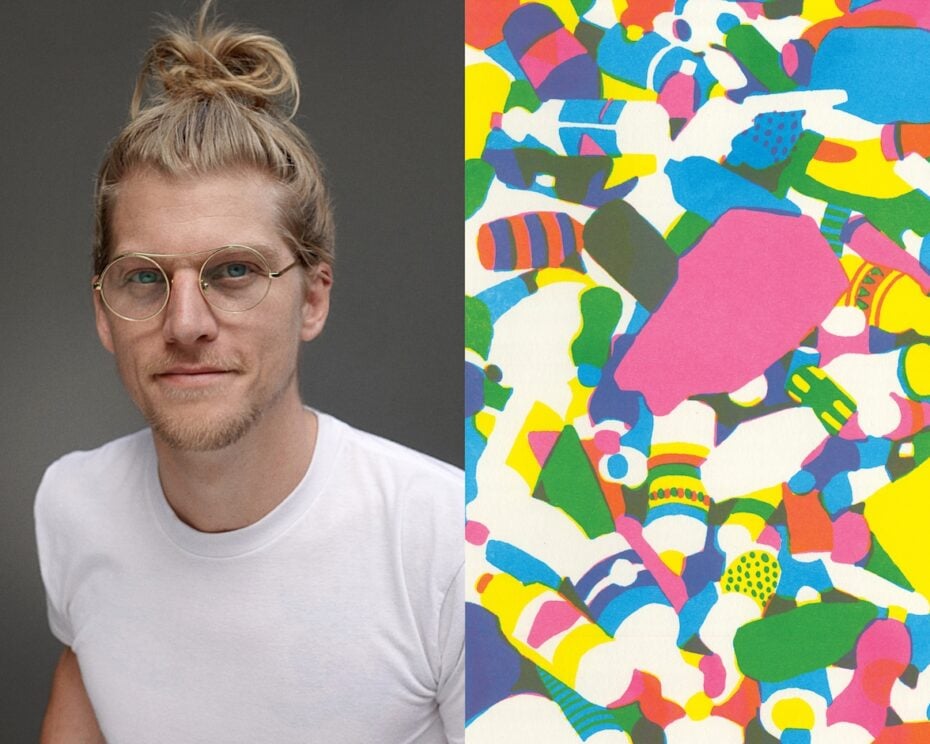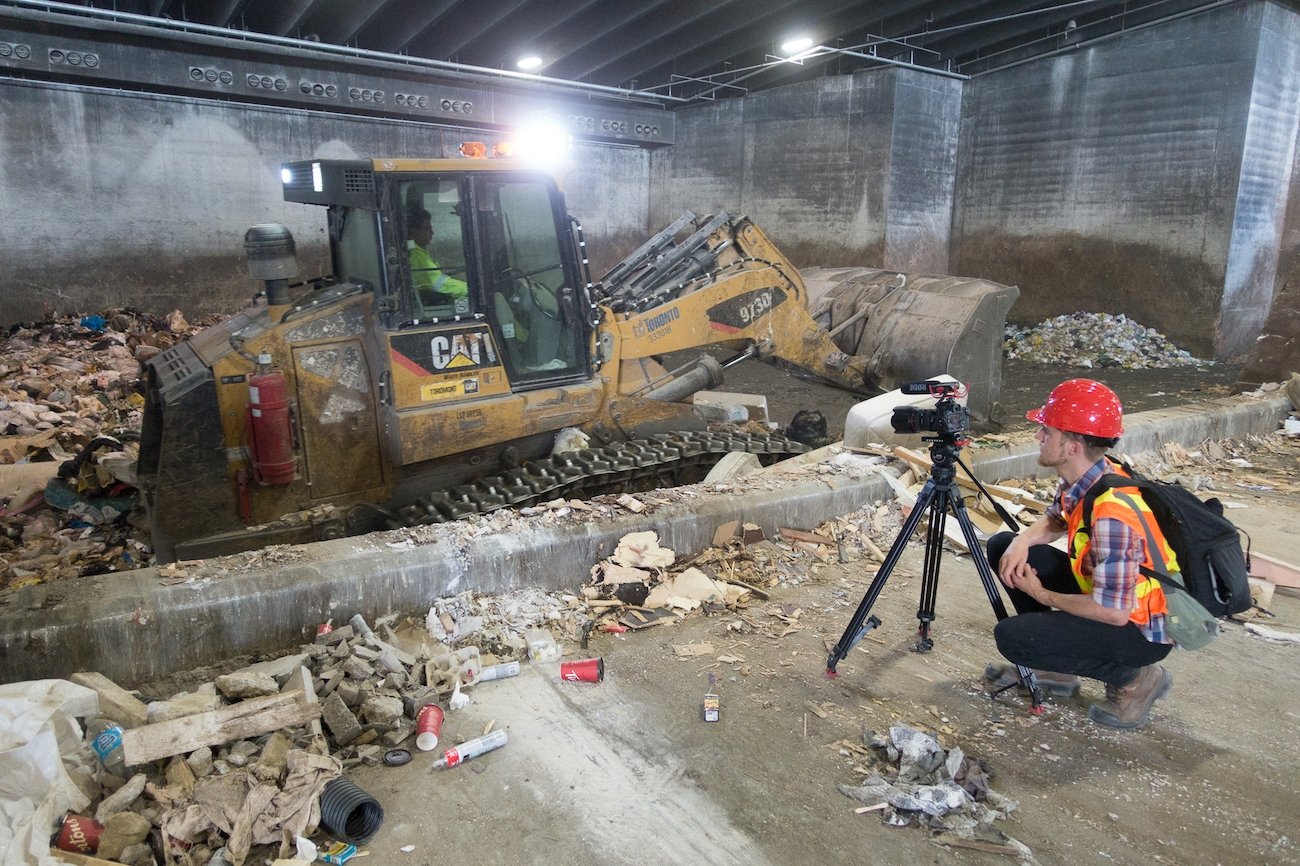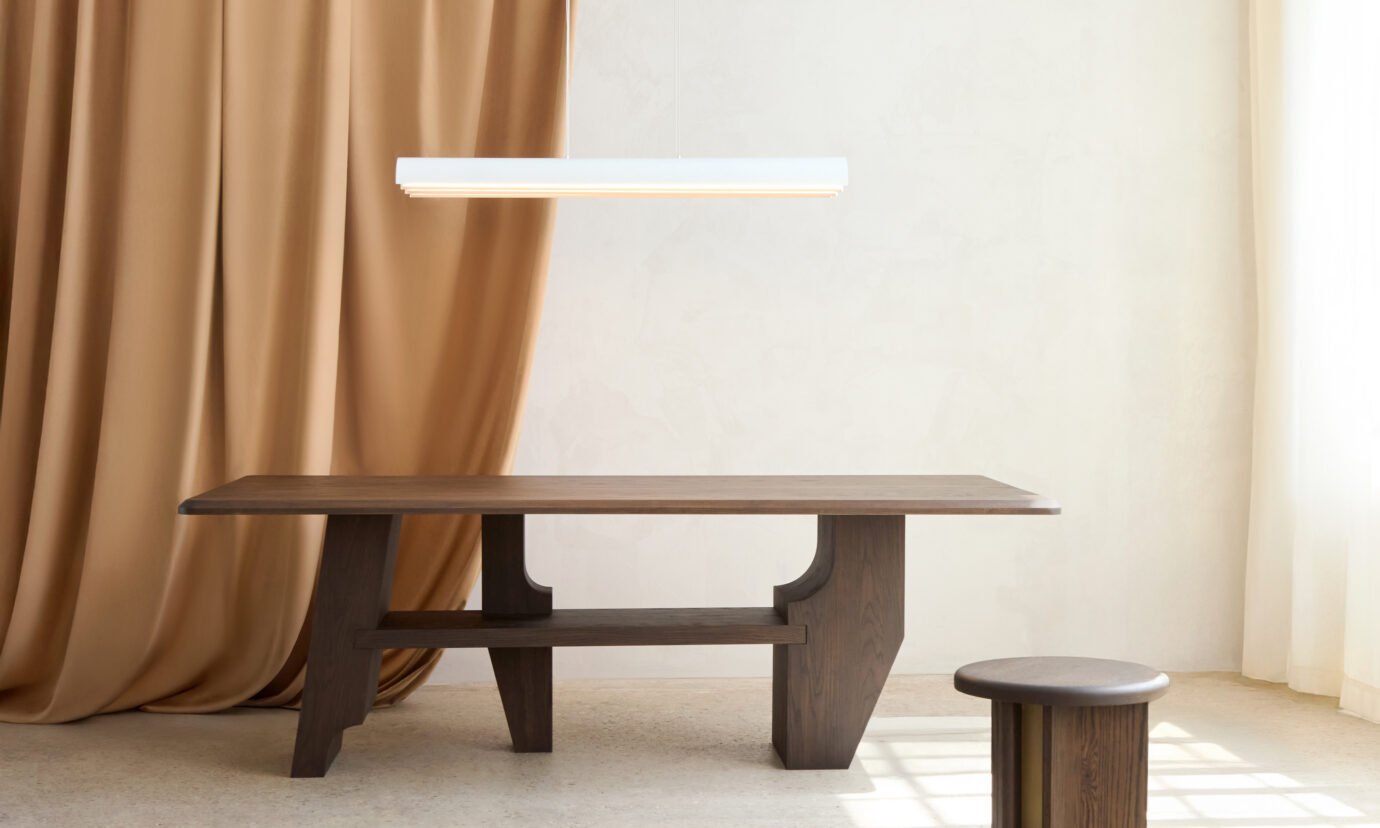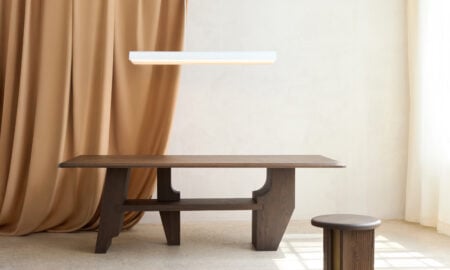Coffee with Designers: JP King

JP King Explores Discard Culture Through Art Installations and Video
The work of artist-designer-educator JP King sits at the intersection of numerous design approaches. From installation art to experimental videos, each of his pieces are born out of a passion for storytelling. He currently teaches within the Daniels Faculty of Architecture, Landscape, and Design at the University of Toronto, in addition to the Integrated Design program at the Haliburton School of Art + Design. In conversation with Designlines, King spills on his conceptual influences, the truth about waste and his presentation at the Design TO Festival ‘Trash Talk’ Symposium on January 25 and 26.
What does it mean to be an artist-designer-educator?
I view learning experiences in the same creative and experimental way I make my art. While a lot of my work has an informative orientation, I choose to approach my teaching like performance art: the class is a stage, presentation tools are my props and my suit is a costume.
How do you choose your art medium?
I turn to video and animation when I want to visually guide my audience through a sequence of observations, but I save my more discursive and complex arguments for lectures, the classroom, and writing. With Discard Culture, I really wanted this work to be contemplative and to invite audiences to spend time thinking about waste matter. So, in that case, I’ve used photographs and video to give them a thought-provoking experience.
What inspired your ‘Discard Culture’ series, and what do you hope it serves viewers?
My hope is that upon experiencing the video series, the audience steps away with a deeper sense of our world’s contemporary relationship with waste. I think that this relationship occurs at multiple levels: the larger social level and a more intimate individual level. My aim is that people will walk away from this work with a deeper and more challenged relationship with the things they claim as possessions.
What can guests of DesignTO’s Trash Talk symposium expect from your presentation?
The first of two parts will be a digital screening of short, experimental video essays—blending original stock and archival footage with traditional and digital animation techniques. In many ways, these videos are inspired by a series of lectures that I’ve been developing over the last decade. Essentially, they explore how waste shapes the world and how it has formed a problematic belief system. In many ways, I think of waste as somewhat of a magic trick that industrialized, growth-based economies have played upon the world. My work seeks to pull back the curtain and reveal the smoke and mirrors, so to speak. Along with the screening of this series, I’ll be giving an accompanying talk detailing some of my processes from both an artist and educator perspective.

How can design improve Toronto’s relationship to discard culture?
We live in a world designed for a disposability mindset and producer-enforced disposability. Yet, individuals are hardly the problem compared to the manufacturers and companies that are responsible for the decisions that define waste. From a service and strategic design perspective, our governments at every level should be thinking about circular design principles and shift away from linear models and a linear economy. I also think that design can play an enormous role in awareness building. I’d love to see more designer-led shifts and policymaking in our city.
What are some of your other interests that have influenced your work?
I’ve been playing with modular synthesizers a lot recently, which has given me a sound-design perspective that I’m now bringing into my animation and video work. But in a larger sense, it has given me a system-thinking approach, which I’ve relayed into my classroom teachings about global manufacturing and waste flows, problems with a linear economy and the possibilities of a circular economy.
Lastly, what’s your go-to coffee order?
I like my coffee strong, so a Cortado is a guaranteed way to get the perfect balance of water and milk with my espresso.
Learn more about JP King and his work at JPKING.CA










